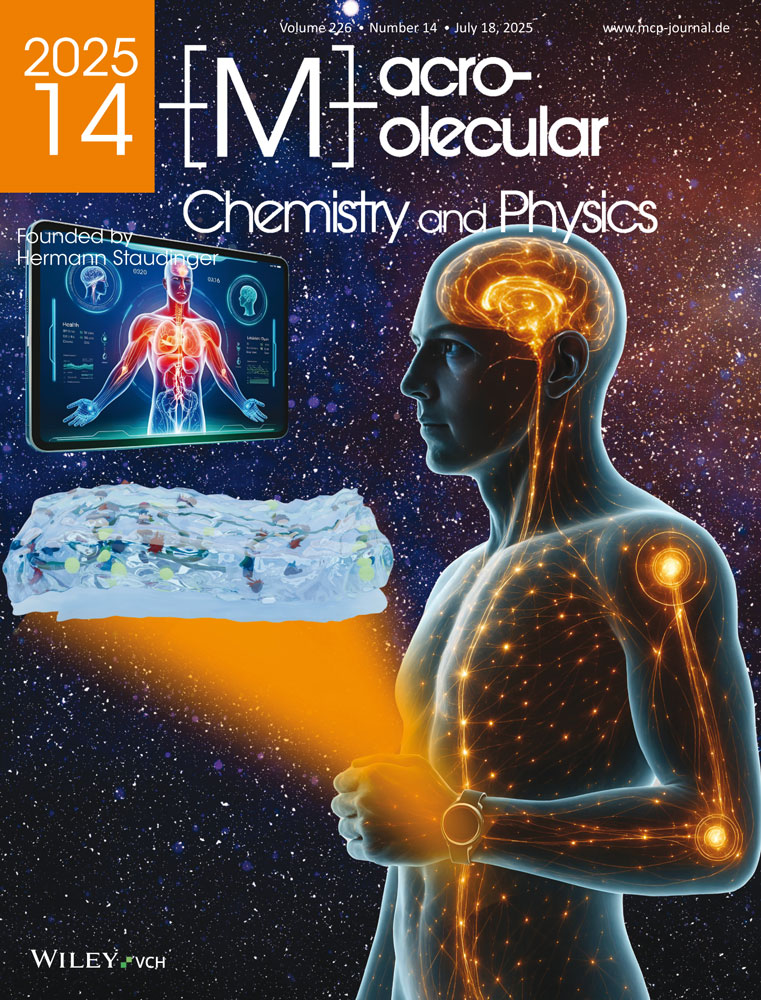Protein adsorption on a copolymer having pendant monosaccharide groups. Relationship between surface free energy and protein adsorption
Abstract
Protein adsorption on copolymer films having pendant monosaccharide groups was investigated from the viewpoint of surface chemistry. The copolymers were synthesized by the copolymerization of a monomer having a pendant monosaccharide (GEMA) and methyl methacrylate (MMA). The contact angles of methylene iodide and air bubble on the GEMA-MMA copolymer films were measured in water, and the surface free energy of the copolymer films in water was calculated from the contact angles. With increasing GEMA content, the amount of protein adsorbed on the GEMA-MMA copolymer films decreased gradually. The relationship between protein adsorption and the surface free energy of the copolymer films in water is discussed. The differences between surface free energy before and after protein adsorption on the copolymer surface is closely related to the amount of adsorbed protein.




